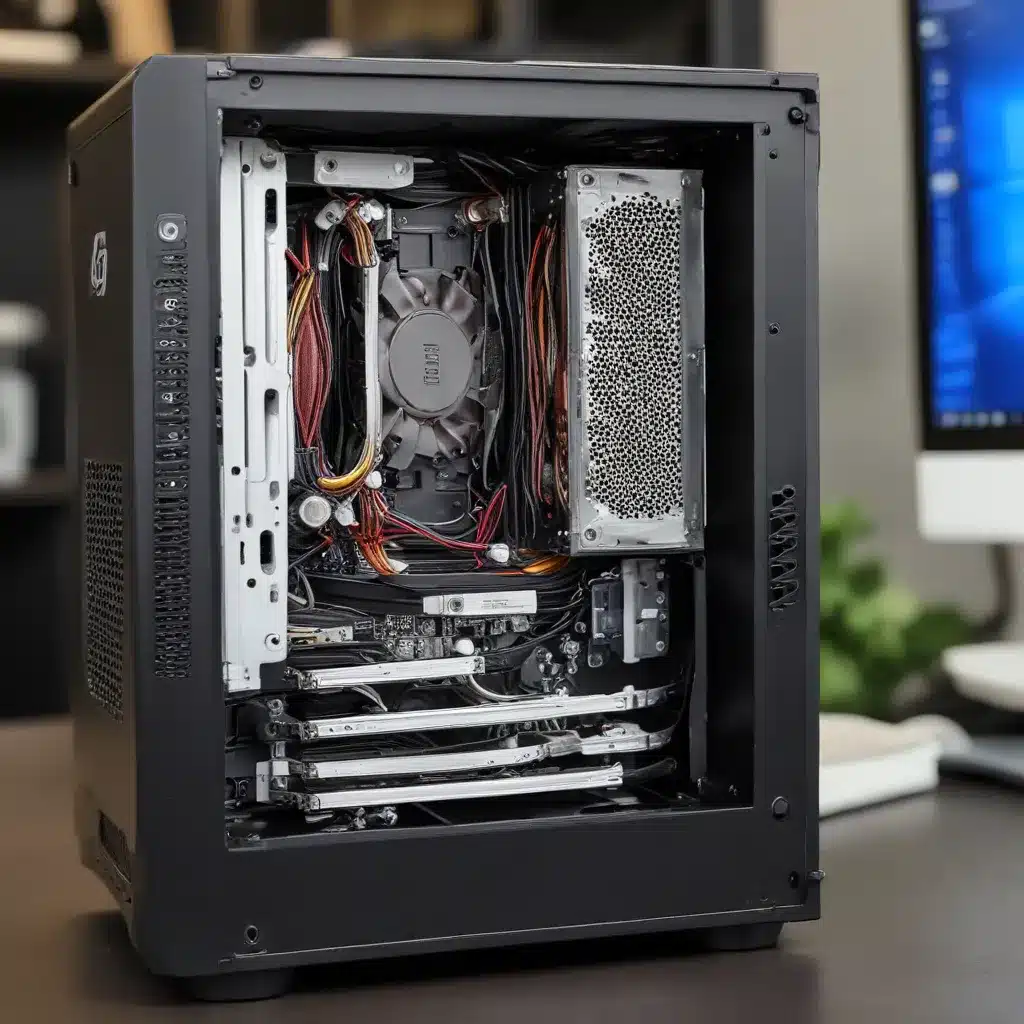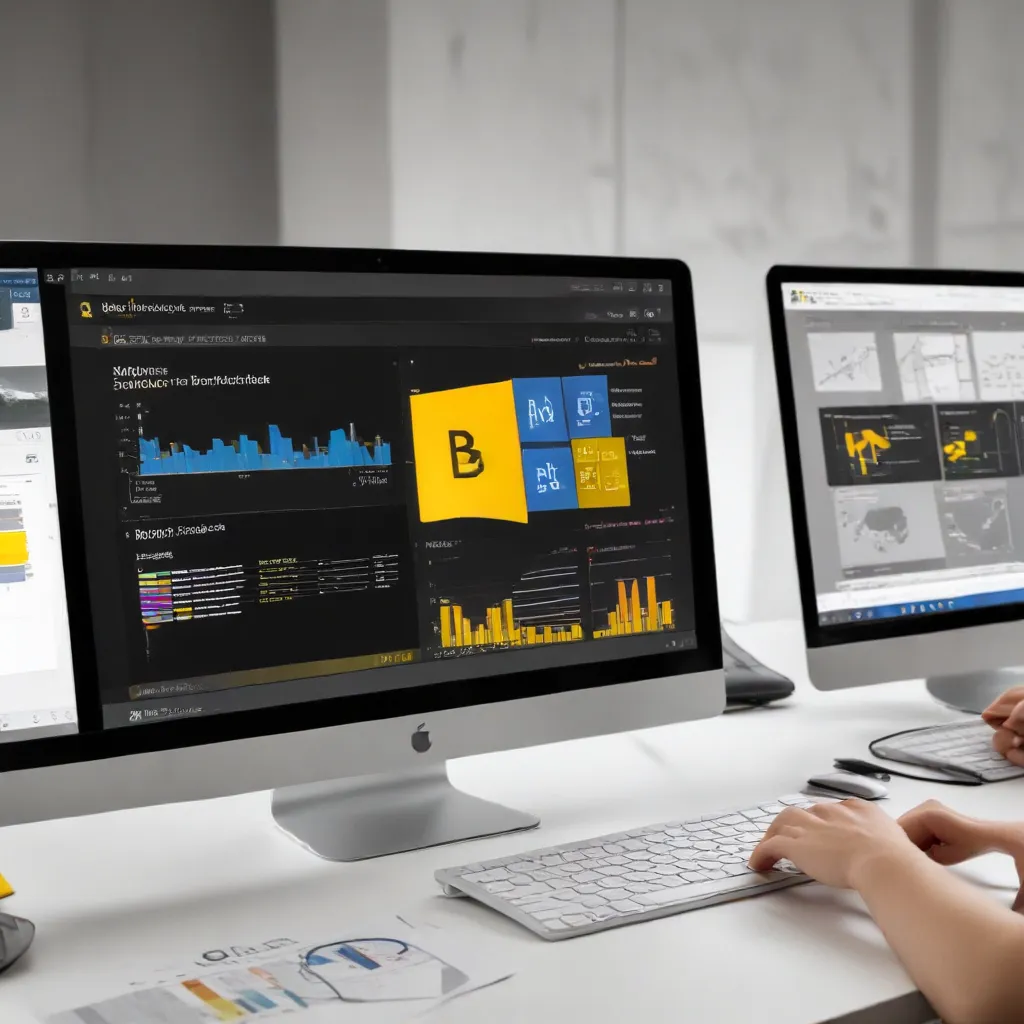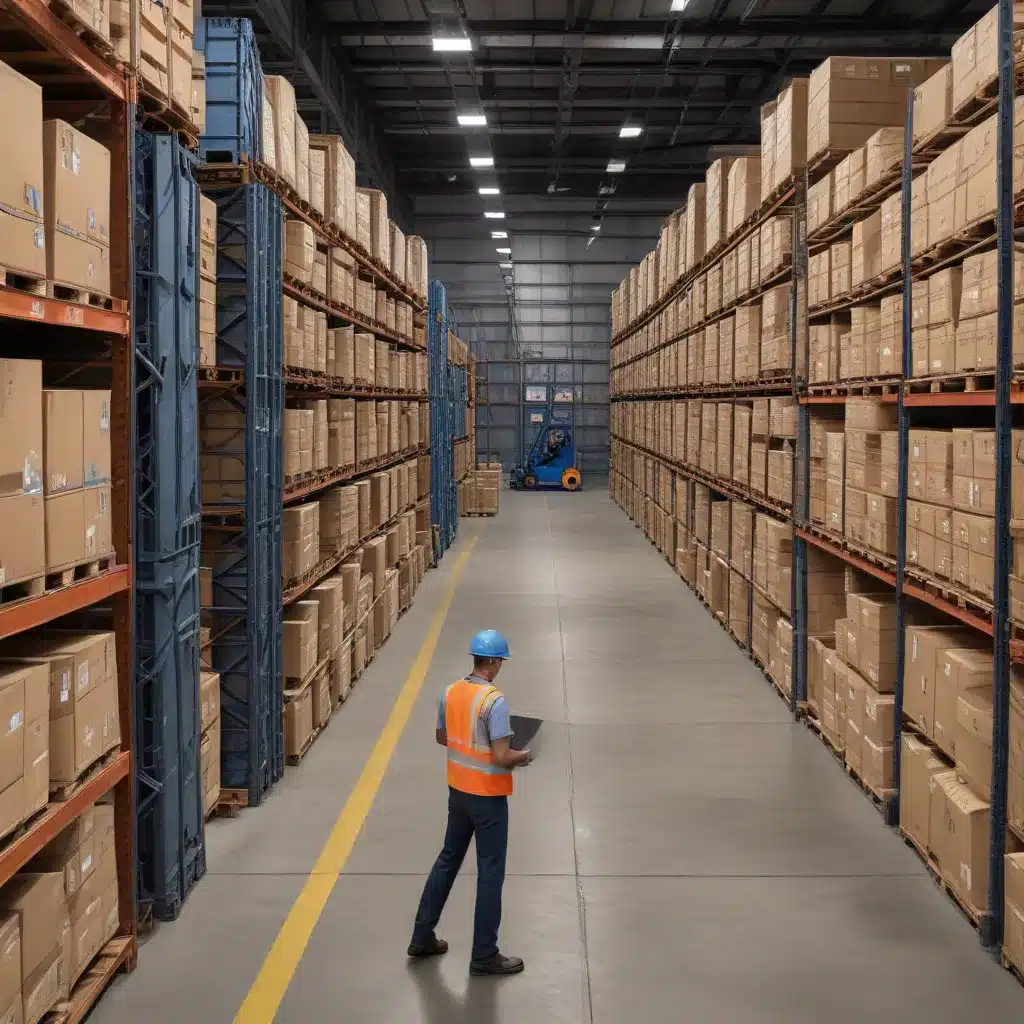
Recognizing the Signs of an Outdated System
As an IT professional, I’ve seen my fair share of aging computers. It’s a common dilemma that many users face – when do you decide it’s time to upgrade your current system? Holding onto an aging PC can be tempting, especially if it’s still “getting the job done.” However, there are several telltale signs that indicate it might be time to consider an upgrade.
One of the most obvious signs is a noticeable decrease in performance. If your computer is taking significantly longer to boot up, launch applications, or complete basic tasks, it’s a clear indicator that the hardware is struggling to keep up. This could be due to aging components, such as a hard drive nearing the end of its lifespan or a processor that’s no longer able to handle modern software demands.
Another sign to watch for is the inability to run the latest operating system or software. As technology advances, older hardware becomes increasingly incompatible with newer software releases. Trying to force an aging system to run the latest version of Windows or your favorite productivity suite can result in sluggish performance, crashes, and other frustrating issues.
Compatibility concerns also extend to peripherals and external devices. If you’re finding it challenging to connect new hardware or keep up with driver updates, it may be time to consider an upgrade. Older systems often lack the necessary ports, connectivity, and driver support to seamlessly integrate with modern accessories and peripherals.
Evaluating Your Upgrade Options
Once you’ve recognized the signs that your PC is starting to show its age, it’s time to evaluate your upgrade options. The first decision you’ll need to make is whether to perform a partial upgrade or a complete system replacement.
Partial Upgrades: Extending the Life of Your Current System
In some cases, you may be able to breathe new life into your aging PC by selectively upgrading specific components. This approach can be more cost-effective than a full system replacement, and it allows you to preserve the parts of your system that are still performing well.
One common partial upgrade is replacing the hard drive with a solid-state drive (SSD). SSDs offer significantly faster boot times, application launch speeds, and overall system responsiveness compared to traditional hard disk drives (HDDs). This single upgrade can make a noticeable difference in the perceived performance of your system.
Another potential upgrade is adding more RAM. Many older systems were equipped with limited memory, which can hamper the performance of modern software. Upgrading to a higher RAM capacity can provide a significant boost in multitasking, content creation, and other memory-intensive tasks.
If your system’s processor is showing its age, you may be able to replace it with a newer, more powerful model, depending on the compatibility of your motherboard. However, this upgrade path can be more complex and may require additional considerations, such as ensuring the new processor is compatible with your existing cooling solution.
Complete System Replacement: Embracing the Latest Technology
In some cases, the cost and effort of upgrading individual components may not be worth it, especially if your system is several years old. In these situations, a complete system replacement may be the better option.
A brand-new PC built with the latest hardware components can offer significant performance improvements, better compatibility with modern software and peripherals, and a longer lifespan. This approach allows you to take advantage of the latest advancements in processor architecture, graphics capabilities, storage technologies, and more.
When considering a complete system replacement, it’s important to carefully evaluate your needs and budget. Factors such as intended use (e.g., general productivity, gaming, content creation), desired performance levels, and available financial resources will all play a role in determining the optimal hardware configuration for your new PC.
Assessing Your PC’s Upgrade Readiness
Before diving into any upgrades, it’s essential to assess the overall condition and capabilities of your current system. This will help you make an informed decision about the best course of action.
Start by taking a close look at the specifications of your existing PC. Make note of the processor, RAM, storage, and graphics capabilities. You can use tools like CPU-Z or HWMonitor to gather detailed information about your system’s hardware.
Next, consider the age of your computer. As a general rule of thumb, PCs that are 4-5 years old or older are more likely to benefit from a partial or complete upgrade. Newer systems, on the other hand, may still have sufficient performance to meet your needs for the foreseeable future.
It’s also important to assess the overall condition of your system. If your PC has been well-maintained, with regular software updates and minimal physical wear and tear, it may be a better candidate for a partial upgrade. However, if your system has experienced significant issues, such as frequent crashes, overheating, or hardware failures, a complete replacement may be the more prudent choice.
When evaluating your upgrade options, consider not only the current performance but also your anticipated future needs. Think about the types of tasks you’ll be performing, the software you plan to use, and any emerging technologies you may want to take advantage of. This will help you determine whether a partial upgrade or a full system replacement is the best solution.
Weighing the Costs and Benefits of Upgrading
Upgrading an aging PC can be a significant investment, both in terms of time and money. It’s crucial to carefully weigh the costs and potential benefits before making a decision.
Costs of Upgrading
The cost of upgrading your PC can vary widely depending on the specific components you need to replace or add. Partial upgrades, such as adding an SSD or more RAM, are generally less expensive than a complete system replacement. However, even a partial upgrade can add up quickly, especially if you need to replace multiple components.
For a complete system replacement, the costs can be more substantial. Factors such as the processor, graphics card, storage, and other peripherals can all contribute to the overall price tag. It’s important to research current market prices and factor in any additional expenses, such as the cost of transferring data or installing new software.
Benefits of Upgrading
The potential benefits of upgrading your aging PC can be substantial. By investing in newer hardware, you can expect to see improvements in performance, reliability, and compatibility with modern software and peripherals.
Faster boot times, quicker application launch speeds, and smoother multitasking are just a few of the performance-related benefits you can expect from an upgraded system. This can significantly enhance your overall user experience and productivity.
Newer hardware also often comes with improved security features, better power efficiency, and support for the latest connectivity standards. These advancements can provide a more secure, energy-efficient, and future-proof computing experience.
Additionally, upgrading your PC can extend its useful lifespan, allowing you to enjoy the benefits of modern technology for several more years before needing to consider a complete replacement.
Making the Upgrade Decision
Ultimately, the decision to upgrade your aging PC comes down to carefully weighing the costs, benefits, and your specific needs. Here are some key factors to consider:
-
Performance Needs: Evaluate your current and anticipated future performance requirements. If your existing system is struggling to keep up with your needs, an upgrade may be necessary.
-
Compatibility and Connectivity: Assess whether your current system can adequately support the latest software, operating systems, and peripherals. Upgrading can ensure better compatibility and connectivity.
-
Lifespan and Reliability: Consider the overall condition and age of your PC. Older systems may be more prone to failures and may not have the longevity to justify further investment.
-
Cost and Budget: Determine your available budget for upgrading and compare the costs of partial upgrades versus a complete system replacement. Weigh the long-term value against the upfront investment.
-
Opportunity for Improvement: Evaluate the potential performance gains and feature enhancements that an upgrade can provide. Determine if the benefits outweigh the costs.
By carefully considering these factors, you can make an informed decision about whether it’s time to upgrade your aging PC or if your current system still has sufficient life left to meet your needs.
Remember, the IT Fix team is always here to provide expert guidance and support throughout the upgrading process. Feel free to reach out if you have any questions or need assistance in determining the best upgrade path for your specific situation.












